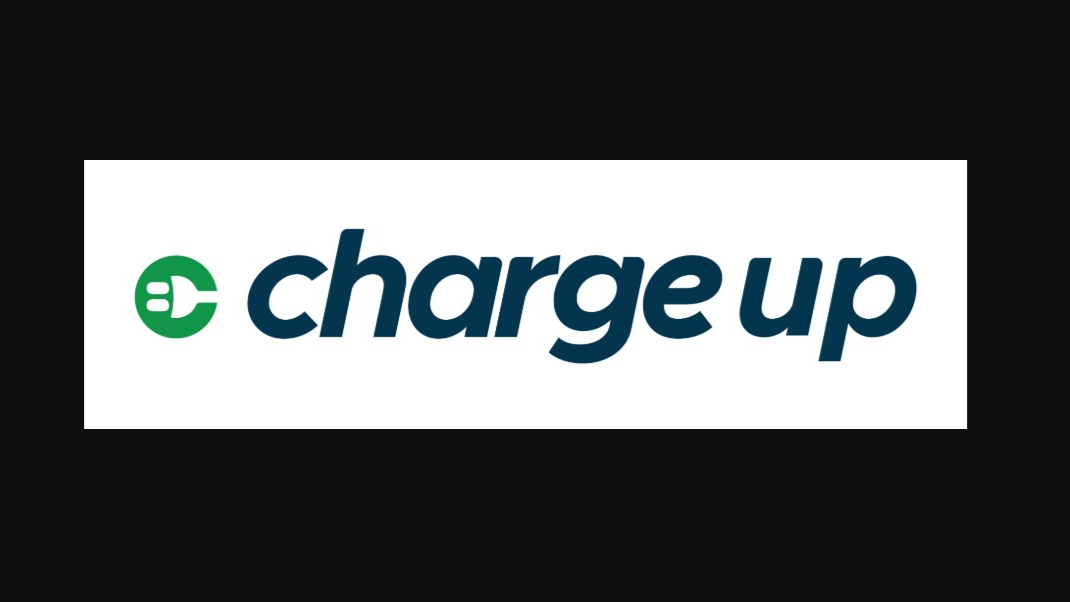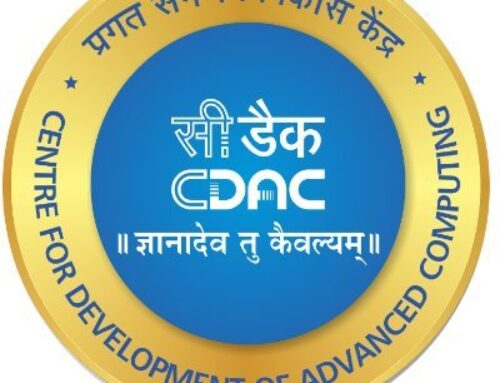India is taking giant strides towards electric mobility with a goal of achieving 30% EV adoption by 2030—a vision popularly known as EV30by30. Several factors are contributing to this accelerated transition:
Key Tailwinds Propelling EV Adoption
1. Policy: Government initiatives like FAME (Faster Adoption and Manufacturing of Electric Vehicles) are playing a pivotal role in making EVs more accessible. Subsidies under this scheme reduce upfront costs, encouraging both individuals and businesses to make the switch.
2. Investments: Climate tech companies and private investors are stepping up with significant funding, recognizing the EV sector’s potential to transform urban mobility and reduce carbon footprints.
3. Market: The rise of MSMEs in Tier-2 and Tier-3 cities has created a robust manufacturing ecosystem. These small-scale manufacturers are contributing to localized production, reducing costs, and expanding EV availability.
The Challenges Hindering EV Adoption
While the progress is promising, some significant barriers remain:
● High Costs: EVs are still more expensive than traditional ICE vehicles, primarily due to the battery cost.
● Lack of Asset Management: Poor battery performance or failure often results in vehicle downtime, leading to operational inefficiencies.
At the core of these challenges lies the lack of education around batteries,although they account for 50% of an EV’s cost. Unlike ICE vehicles, the battery is not just a component but the heart of the EV ecosystem, demanding a reimagined approach to its management.
Chargeup: Transforming EV Battery Management with Tech
To address these challenges, Chargeup has pioneered a tech-enabled asset management solution that treats the battery as a dynamic, data-driven asset rather than a static commodity.
Introducing the Digital Twin Technology
Chargeup leverages AI and ML to create a digital twin of the EV battery. This innovation tracks 30+ parameters from the battery every 30 minutes, storing the data securely on the cloud. The solution provides:
1. Real-Time Monitoring: Tracks the battery’s health, performance, and behavior.
2. Predictive Maintenance: Uses advanced analytics to predict potential failures, enabling proactive interventions.
3. Driver Alerts: Sends actionable insights to the driver app, guiding behavior to maximize performance and extend battery life.
After devising full asset management with predictive tech, the next step was to focus on the driver – the most important person in the equation. For that we devised a scoring methodology beyond CIBIL and enabled them with easy access to credit through Battery as a Service – that means the driver earns and pays. Staying on the driver theme, we then created a predictive payment tool based on drivers earnings and run km.
Impact for the driver: upto 40% more earning once he comes on our platform.
Now lets go further
After doing battery and payment analytics, we moved to “behavior analytics which is is based on 45+ parameters to predict a score for him to enable access to more credits for his other needs like education loans for his kids, insurance & health products for him – this creates a positive vicious cycle to bring the driver in main stream.
One step forward – we solve for the driver, we solve for the ecosystem of NBFC’s, OEM’s.
And that’s what we call real solutions for real people with real outcomes.
Join us in this journey of revolutionizing the VE space, and improving the lives of the last mile drivers







